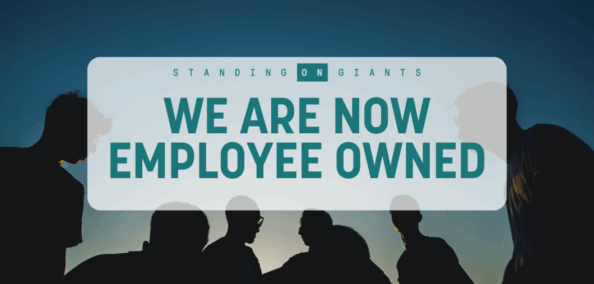Internal & external communities: 3 key differences

For many Community Managers, online communities are spaces that bring together people who have a similar interest in an activity, a product, or a brand. Those communities are all I was familiar with until recently, before I started working with communities that companies created with the aim to foster more connection and collaboration within some of their teams: internal communities (also known as employee communities).
As I transitioned from working between external and internal communities, a few key differences came to light.
Audience
While members choose to join and spend time in external communities, internal communities are usually initiated by leadership for their teams. The members are asked to engage, share, use the community space and integrate it into their existing workload, without necessarily having opted to do so themselves. This difference in intention can make buy-in into the community much more difficult to increase.
Countering this challenge is an uphill battle that can, however, be made easier by finding advocates and cheerleaders within the team; they will help you champion your community project from the inside and inspire their peers to join in.
Moderation
Moderation is a cornerstone of community management, so much so that we’ve all described our role or been referred to as moderators countless times, for simplicity’s sake. When it comes to internal communities, however, moderation in its traditional sense takes a bit of a backseat.
Everyone in internal communities is, essentially, at work when they engage, so workplace rules apply and there is much less of a risk of inappropriateness or disputes. The flip side of this coin is that many embrace their office persona and might not be as open as you’d want your members to be, which can make the community a bit stale. You can redirect the attention and energy saved from more traditional moderation towards encouraging the members to be more open and authentically themselves.
Platform
Internal communities often start as small-scale projects with equally small budgets, meaning there isn’t much space for investing in a dedicated community platform. In the majority of cases, options will lie in existing communication platforms the company already uses and pays for. While convenient due to their established use, understanding and access, these platforms will most likely lack a few key community features that you, as a Community Manager, will dearly miss.
Experimentation and creativity are your friends here: there is nothing you can’t find a way around with a little outside-the-box thinking!
External and internal communities, while similar in many ways, diverge on key aspects that you’ll need to consider during your planning phase, and never lose sight of all the way through your day-to-day management. If you need help with your internal community project, whether in relation to those aspects or others, feel free to reach out to our team! 🙂



